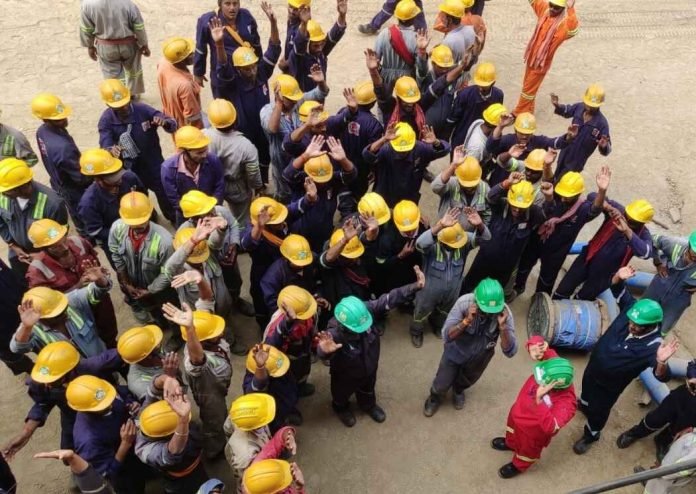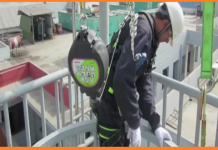Construction sites are dynamic environments where the demands of execution and safety often find themselves at odds. The pursuit of meeting deadlines and budget constraints can sometimes clash with the imperative of maintaining a safe working environment. Striking the right balance between execution and safety is crucial for the success of any construction project. This article explores the challenges of managing this conflict and offers insights into effective strategies to harmonize these seemingly opposing priorities.
The Conflict Between Execution and Safety at Construction Sites:
- Time Pressure vs. Safety Protocols: Construction projects are often governed by tight schedules, and the pressure to meet deadlines can lead to compromises on safety protocols. Workers may be tempted to take shortcuts or skip certain safety measures to expedite the construction process.
- Budget Constraints vs. Safety Investments: Financial considerations play a important role in construction projects. Cost-cutting measures may be implemented, and safety investments might be perceived as an additional burden on the budget. This conflict can lead to a lack of proper safety equipment, training, or maintenance.
- Communication Gaps: Ineffective communication between project managers, supervisors, and workers can exacerbate the conflict. Misunderstandings about priorities and expectations can result in unsafe practices during the execution phase.
Strategies for Conflict Management:
- Integrate Safety into Project Planning: Embedding safety considerations into the initial project planning stages can help identify potential conflicts early on. This ensures that safety is not treated as an afterthought but is an integral part of the project’s DNA.
- Comprehensive Training Programs: Properly trained and informed workers are more likely to prioritize safety. Implementing regular training programs can enhance the awareness of safety protocols and foster a culture of responsibility among the workforce.
- Incentivize Safety Performance: Introduce incentives for maintaining a safe working environment. This can include rewards for accident-free periods or recognition for outstanding safety practices. By aligning safety with positive outcomes, workers and management are encouraged to prioritize it alongside execution.
- Regular Safety Audits: Conducting regular safety audits helps identify potential hazards and assess the effectiveness of safety measures. This proactive approach allows for adjustments to be made before conflicts escalate.
- Clear Communication Channels: Establishing clear lines of communication between project managers, supervisors, and workers is crucial. Regular safety meetings, toolbox talks, and open forums create an environment where concerns can be addressed, and expectations clarified.
Achieving a harmonious balance between execution and safety at construction sites is a multifaceted challenge. It requires a proactive approach that integrates safety into every aspect of the project, from planning to execution. By fostering a culture that values safety as much as meeting deadlines and staying within budget constraints, construction projects can mitigate conflicts and create a safe and healthy workplace that is not only productive but also safe for every workman involved.





